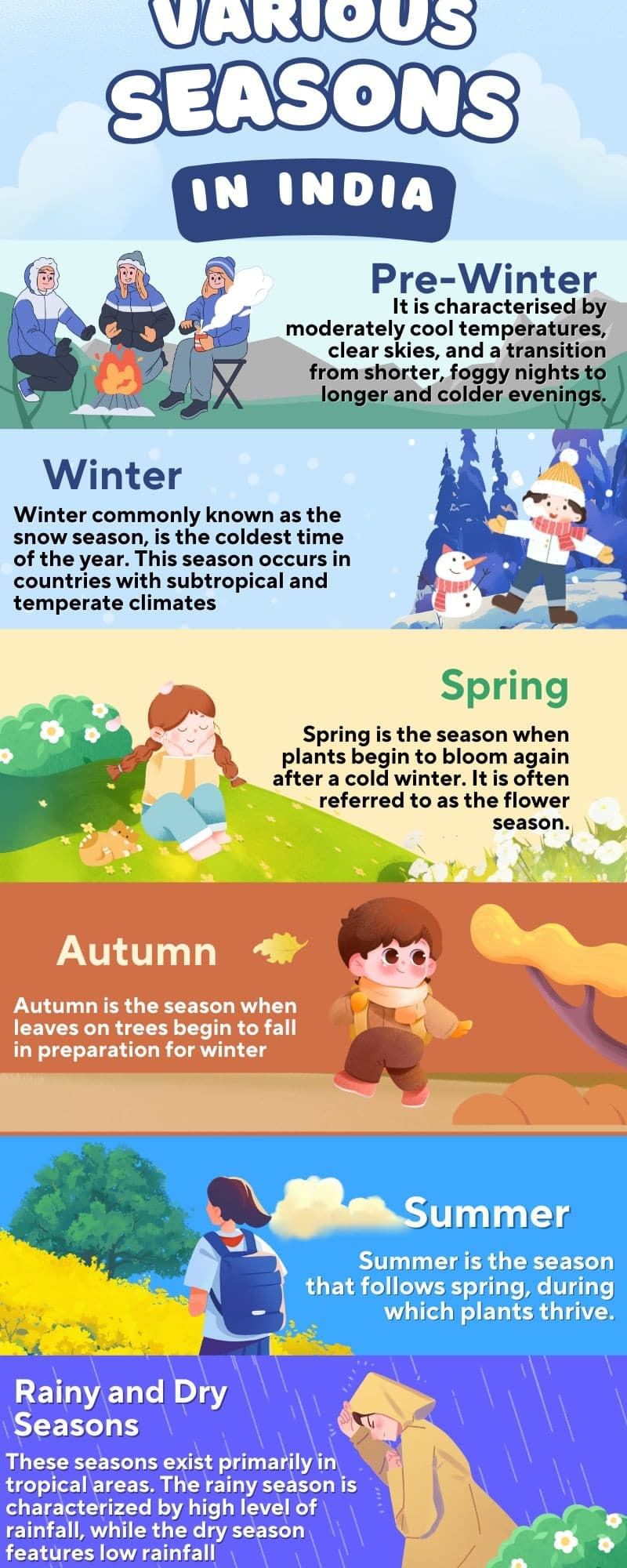Class 5 Exam > Class 5 Notes > Our Wondrous World Class 5 - New NCERT > Learning Poster: Rhythms of Nature
Learning Poster: Rhythms of Nature | Our Wondrous World Class 5 - New NCERT PDF Download

The document Learning Poster: Rhythms of Nature | Our Wondrous World Class 5 - New NCERT is a part of the Class 5 Course Our Wondrous World Class 5 - New NCERT.
All you need of Class 5 at this link: Class 5
|
11 videos|212 docs|10 tests
|
FAQs on Learning Poster: Rhythms of Nature - Our Wondrous World Class 5 - New NCERT
| 1. What are the different types of natural rhythms found in the environment? |  |
Ans. Natural rhythms can be categorized into various types including circadian rhythms, which follow a 24-hour cycle (like day and night), lunar rhythms that align with the phases of the moon, and seasonal rhythms that change with the seasons (like migration patterns in birds or hibernation in animals). Each of these rhythms plays a crucial role in the life cycles of many organisms.
| 2. How do natural rhythms affect animal behavior? |  |
Ans. Natural rhythms significantly influence animal behavior by dictating feeding, mating, and migration patterns. For example, many animals are more active during specific times of the day based on light availability, while some species migrate seasonally to find food and suitable climates. These rhythms help animals adapt to their environments and optimize their chances of survival.
| 3. Why are natural rhythms important for ecosystems? |  |
Ans. Natural rhythms are vital for ecosystems as they ensure a balance among different species. For instance, predator-prey relationships are often synchronized with these rhythms, which helps maintain population dynamics. Additionally, the timing of flowering plants with pollinator activity is crucial for reproduction, contributing to biodiversity and ecosystem stability.
| 4. What role do humans play in disrupting natural rhythms? |  |
Ans. Humans can disrupt natural rhythms through activities such as urbanization, pollution, and climate change. Artificial light from cities can interfere with circadian rhythms of nocturnal animals, and changes in land use can affect migration patterns and breeding cycles. These disruptions can lead to declines in wildlife populations and negatively impact ecosystem health.
| 5. How can understanding natural rhythms benefit conservation efforts? |  |
Ans. Understanding natural rhythms can enhance conservation efforts by informing strategies that align with the natural behaviors of species. For example, knowing the migration patterns of birds can help in creating protected areas that coincide with their travel routes. This knowledge supports the development of effective management plans that aim to preserve biodiversity and restore natural habitats.
Related Searches















